1. Teach them about strangers - they're never too young

Image source: HuffPost UK
Discuss the concept of strangers in a calm and age-appropriate manner. Emphasize that while most people are good, there are individuals who may not have good intentions. Help your child understand that not all strangers look scary or mean, and appearances can be deceiving.
2. Act out role play scenarios
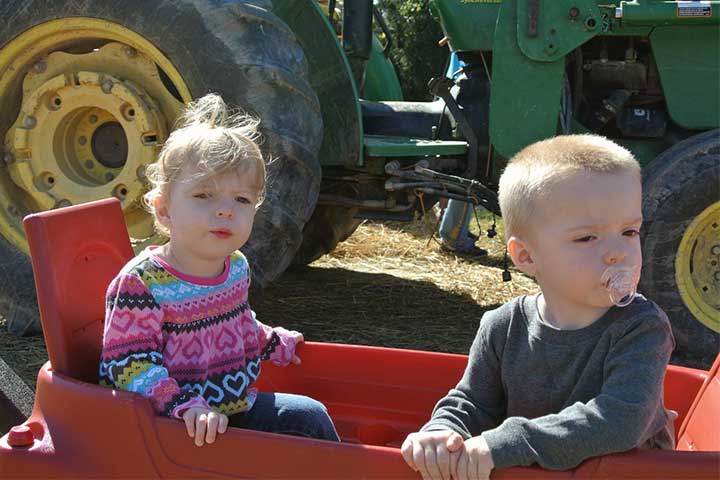
Image source: Reddit
Create various scenarios where your child might encounter strangers, such as asking for directions, offering treats, or asking for help finding a lost pet. Practice different responses with your child, including saying no, walking away, and seeking help from a trusted adult.
3. Establish boundaries

Image source: Reddit
Teach your child that it's okay to say no to adults if they feel uncomfortable or unsure about a situation. Encourage them to trust their feelings and instincts, even if they can't explain why they feel uneasy. Teach your child that their safety and well-being are paramount, and that they can always seek help and support from trusted adults if they ever feel scared or unsure.
4. Use age-appropriate language so you child understands

Image source: Reddit
Tailor your explanations to the particular age of your child and their level of understanding. Use simple language and concrete examples to convey important safety concepts. Reassure them that it's okay to ask questions if they don't understand something.
5. Teach them to trust their instincts
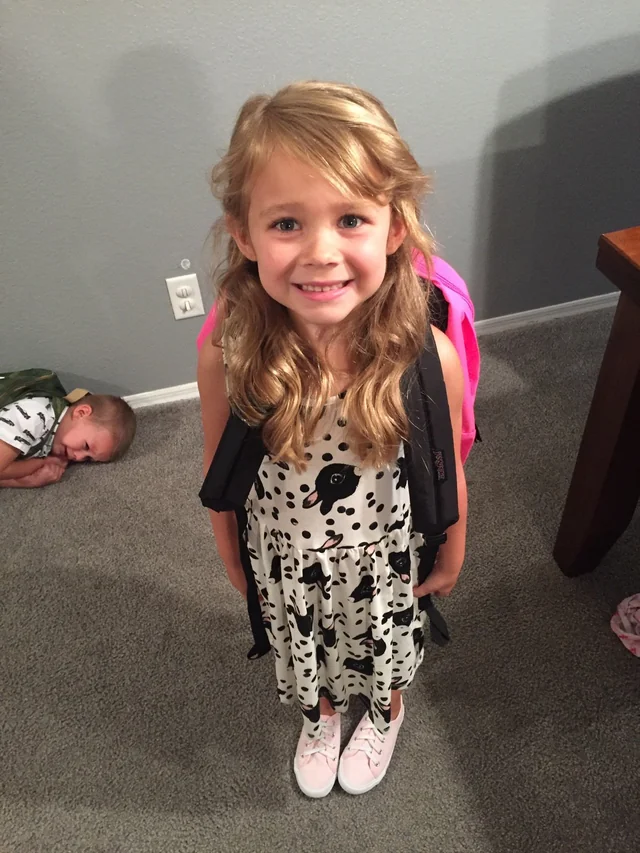
Image source: Reddit
Help your child recognize the difference between feeling safe and feeling scared or uncomfortable. Explain that their instincts are like an internal alarm system that helps them stay safe. Encourage open communication with your child so they feel empowered to share their concerns and experiences with you without fear of judgment.
6. Establish a safety word to signal distress

Image source: Quora
Choose a safety word or phrase that your child can use to signal that they may be in distress or danger without drawing attention from strangers. Practice using the safety word in various situations so that your child feels comfortable using it when necessary.
7. Supervise playtime in public places
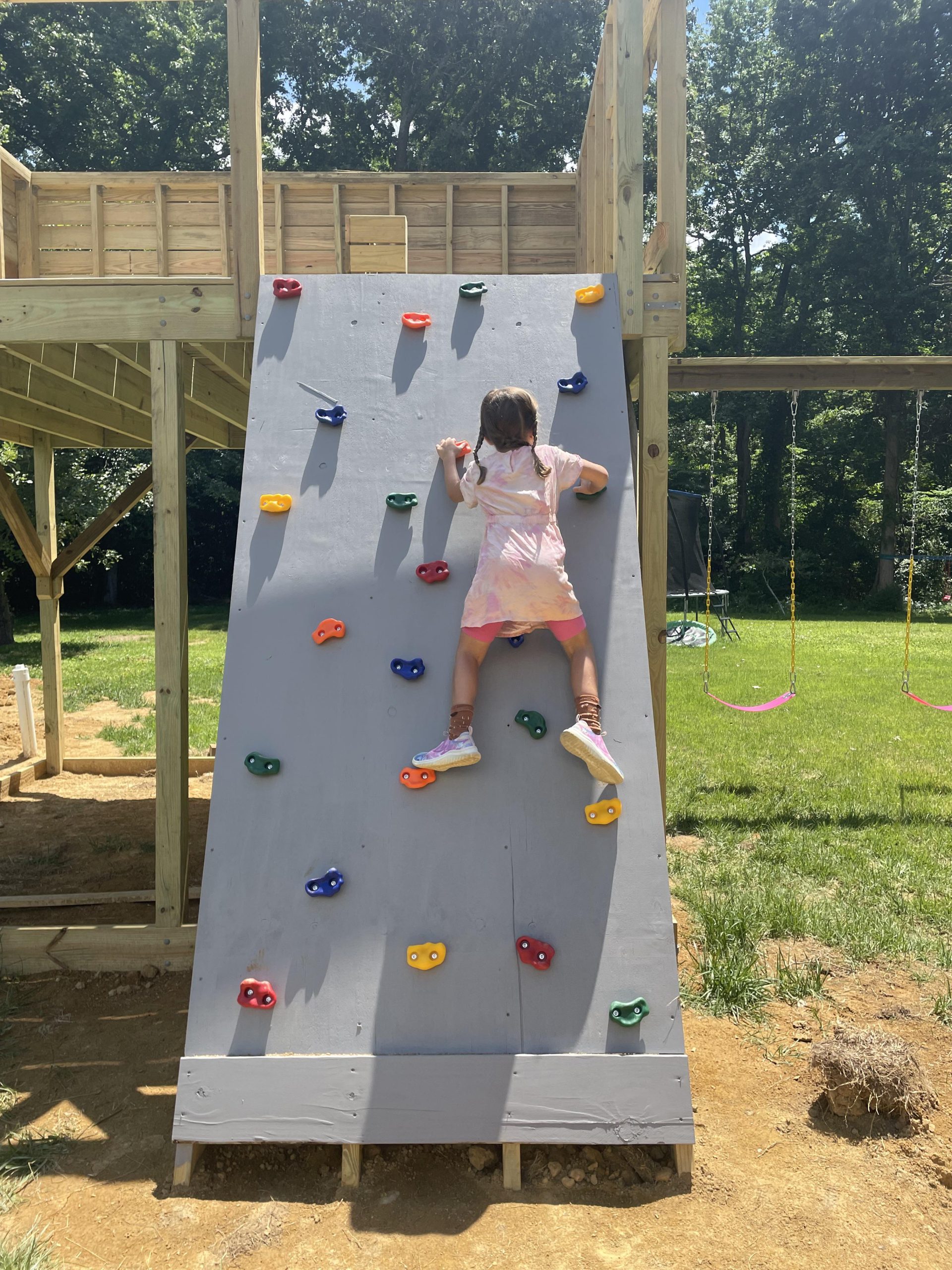
Image source: Reddit
Actively supervise your child during playtime, especially in public places like parks, playgrounds, and shopping malls. Keep a close eye on your child's interactions with other children and adults, and intervene if necessary. Even a couple of minutes without supervising your child could prove fateful.
8. Teach them how to handle emergencies

Image source: Reddit
Role-play different emergency scenarios with your child, such as getting lost in a crowded place or encountering a stranger who makes them uncomfortable. Teach them to look for a safe adult to help them and to never go anywhere with a stranger, even if they seem friendly.
9. Encourage open communication
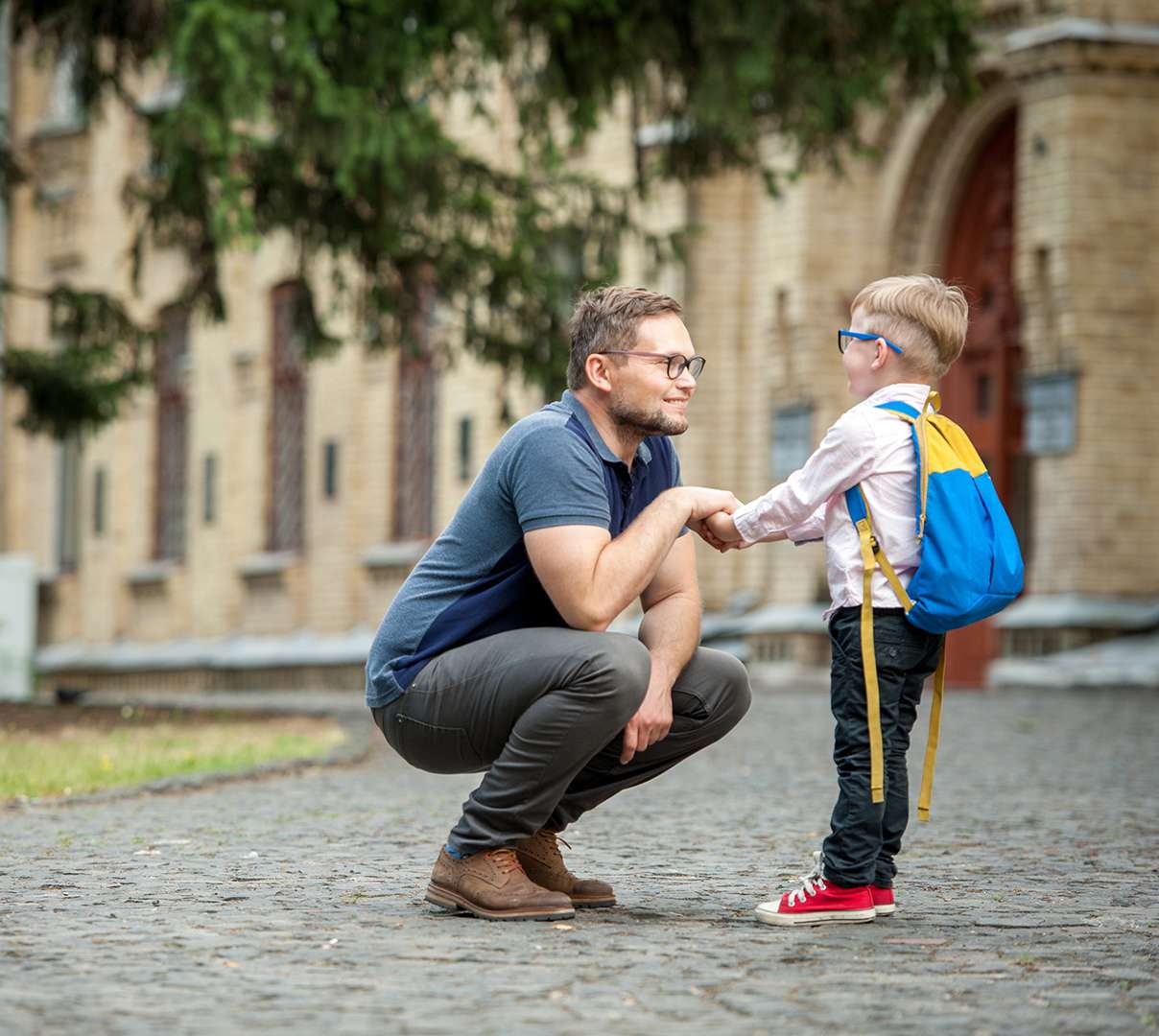
Image source: Parents
Create a safe and non-judgmental environment where your child feels comfortable sharing their thoughts, feelings, and experiences. Be sure to always listen attentively to your child's concerns and to validate their emotions, even if they may seem trivial to you.
10. Teach them about personal information

Image source: Quora
Explain to your child the importance of keeping personal information private, both online and offline. Role-play situations where your child may be asked for personal information and teach them how to respond safely. Go over this a good few times until they really get it.
11. Establish a buddy system
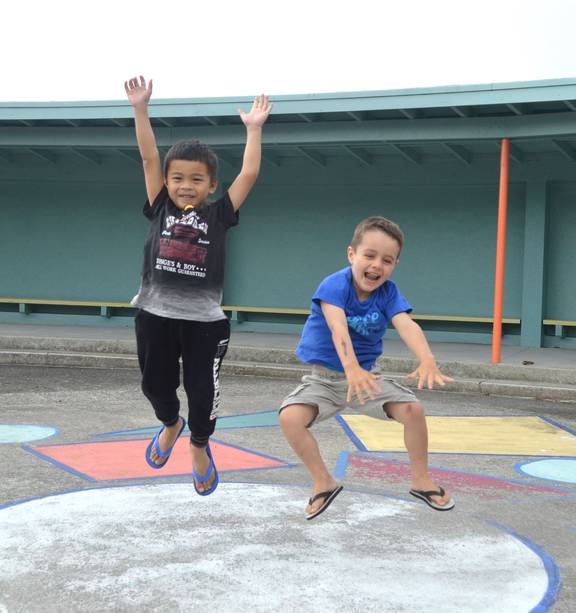
Image source: NZ Herald
Encourage your child to play and explore with a friend or sibling whenever possible. Teach them to stick together and look out for each other, especially in unfamiliar or crowded places. Teach them to seek help if they feel threatened or uncomfortable, reinforcing their confidence in navigating challenging situations.
12. Practice situational awareness

Image source: Reddit
Teach your child to pay attention to their surroundings and to be aware of potential dangers. Point out safe places they can go for help, such as stores, police stations, and public buildings. Encourage your child to trust their intuition and to promptly remove themselves from any situation that feels unsafe
13. Set out clear rules
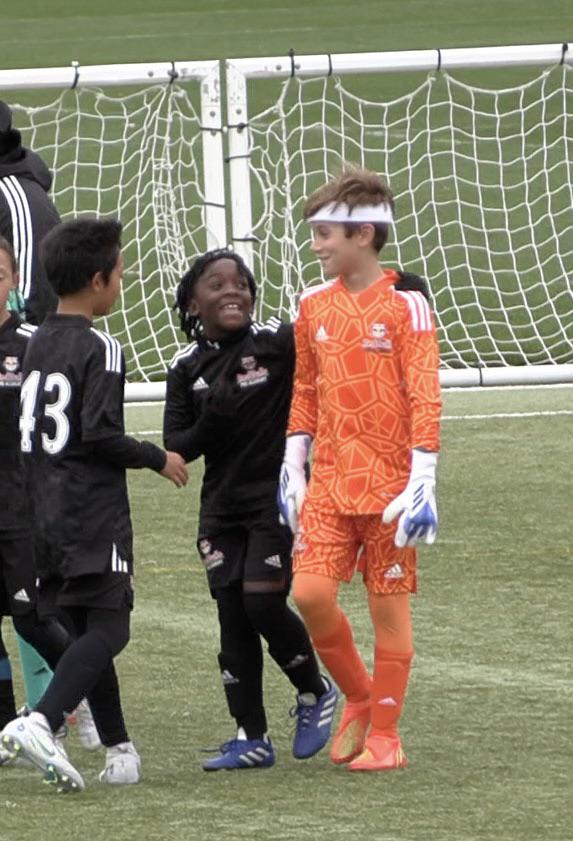
Image source: Reddit
Establish clear and consistent rules about where your child can go, who they can talk to, and what they can do when they're out of your sight. Ask them to repeat what you've said to make sure they understand. Review these rules regularly and reinforce them with positive reminders.
14. Use technology wisely by setting out limits
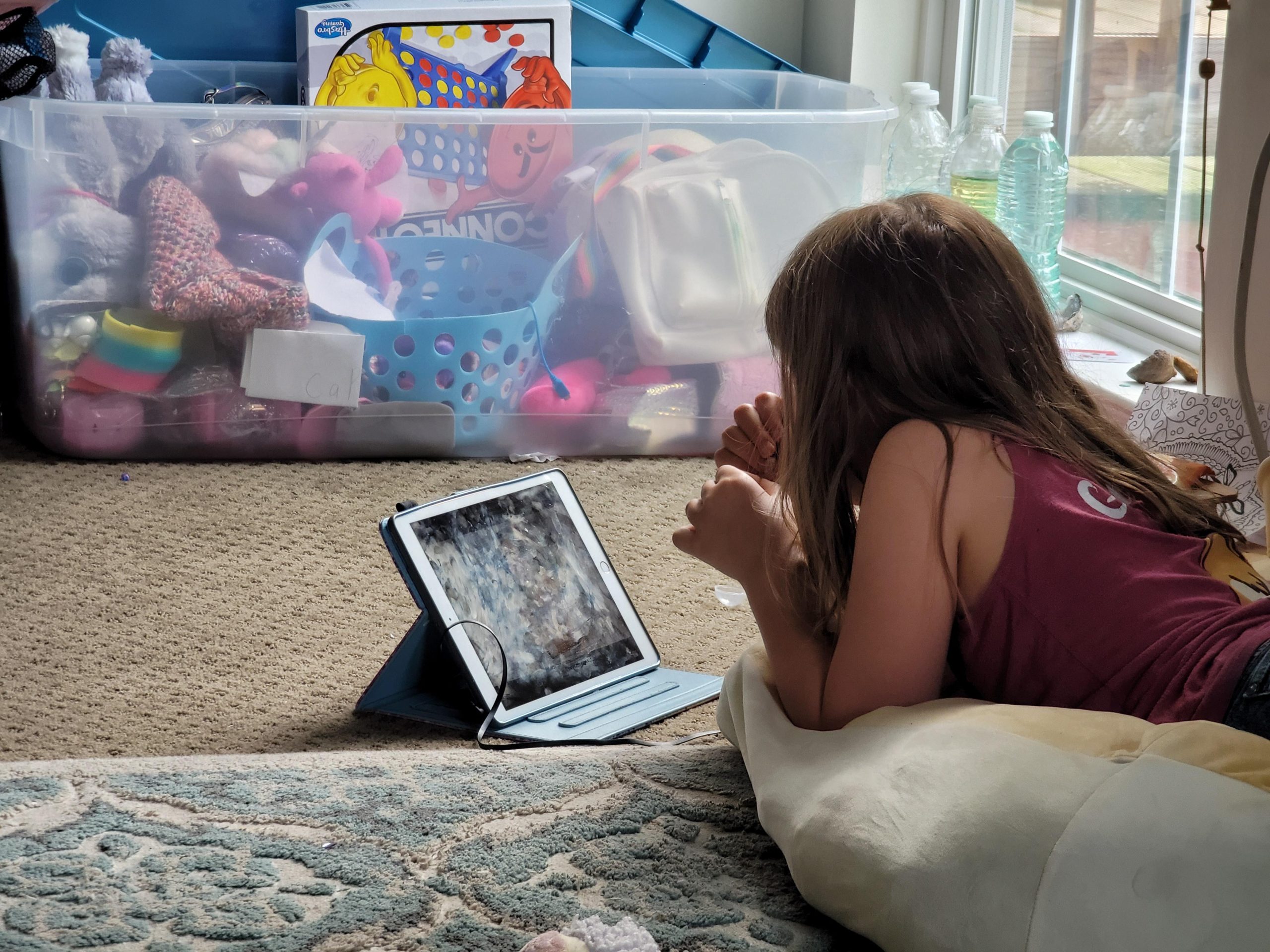
Image source: Reddit
Educate your child about the potential risks of using technology and the importance of online safety. Be sure to set age-appropriate limits on screen time and also to regularly monitor your child's online activities closely. This is more prevalent these days than ever before.
15. Teach them about safe strangers

Image source: Reddit
Help your child identify trusted adults in their community, such as police officers, firefighters, teachers, and librarians. Teach them that these individuals are there to help keep them safe and that they can turn to them for assistance if needed, whatever the problem may be.
16. Encourage assertiveness

Image source: Reddit
Role-play assertive communication techniques with your child, such as speaking confidently, making eye contact, and using a strong voice. Encourage them to stand up for themselves and to trust their instincts in challenging situations. The more you do it, the more confident they will become.
17. Demonstrate safe behavior

Image source: Reddit
Lead by example by demonstrating respectful behavior and healthy boundaries in your own interactions with others. Show your child how they should treat others regarding being kind and showing empathy while also setting clear limits on what is acceptable behavior.
18. Establish a safe meeting place

Image source: Reddit
Choose a designated meeting spot in public places where your child can go if they become separated from you. Teach them how to recognize and approach a safe adult for help if they need assistance finding you. Ensure your child knows to look for people in uniforms or behind counters, such as security personnel or store employees, who can provide assistance and help reunite them with you quickly and safely.
19. Supervise online interactions

Image source: PCMag
Monitor your child's online activities and teach them how to recognize and respond to potential dangers, such as cyberbullying, online predators, and inappropriate content. Set up parental controls and privacy settings on devices to help keep your child safe online.
20. Keep reinforcing safety lessons
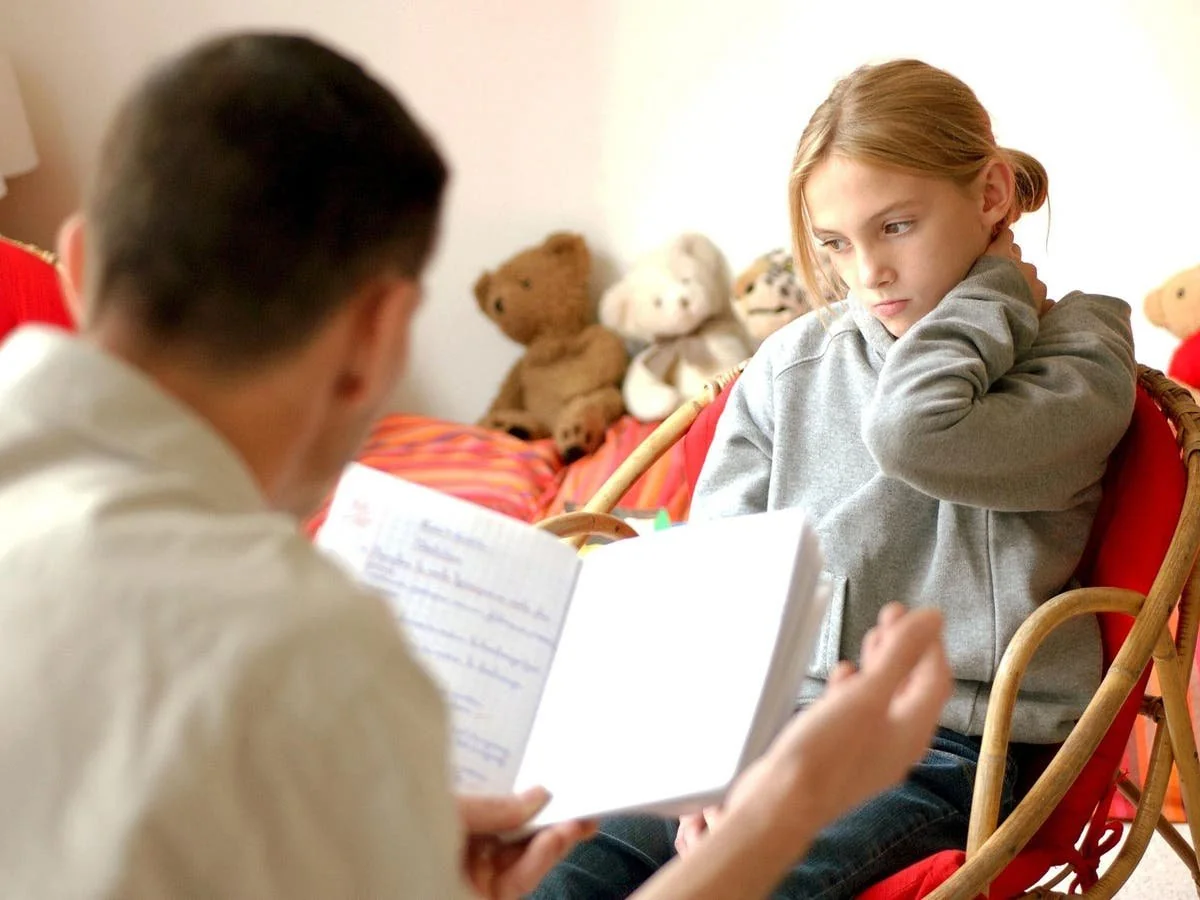
Image source: Reddit
Review safety rules and strategies with your child on a regular basis to help reinforce learning and ensure that they remember what to do in different situations. Encourage them to ask questions and seek clarification if they're unsure about something related to their safety.
21. Teach them about "tricky people"
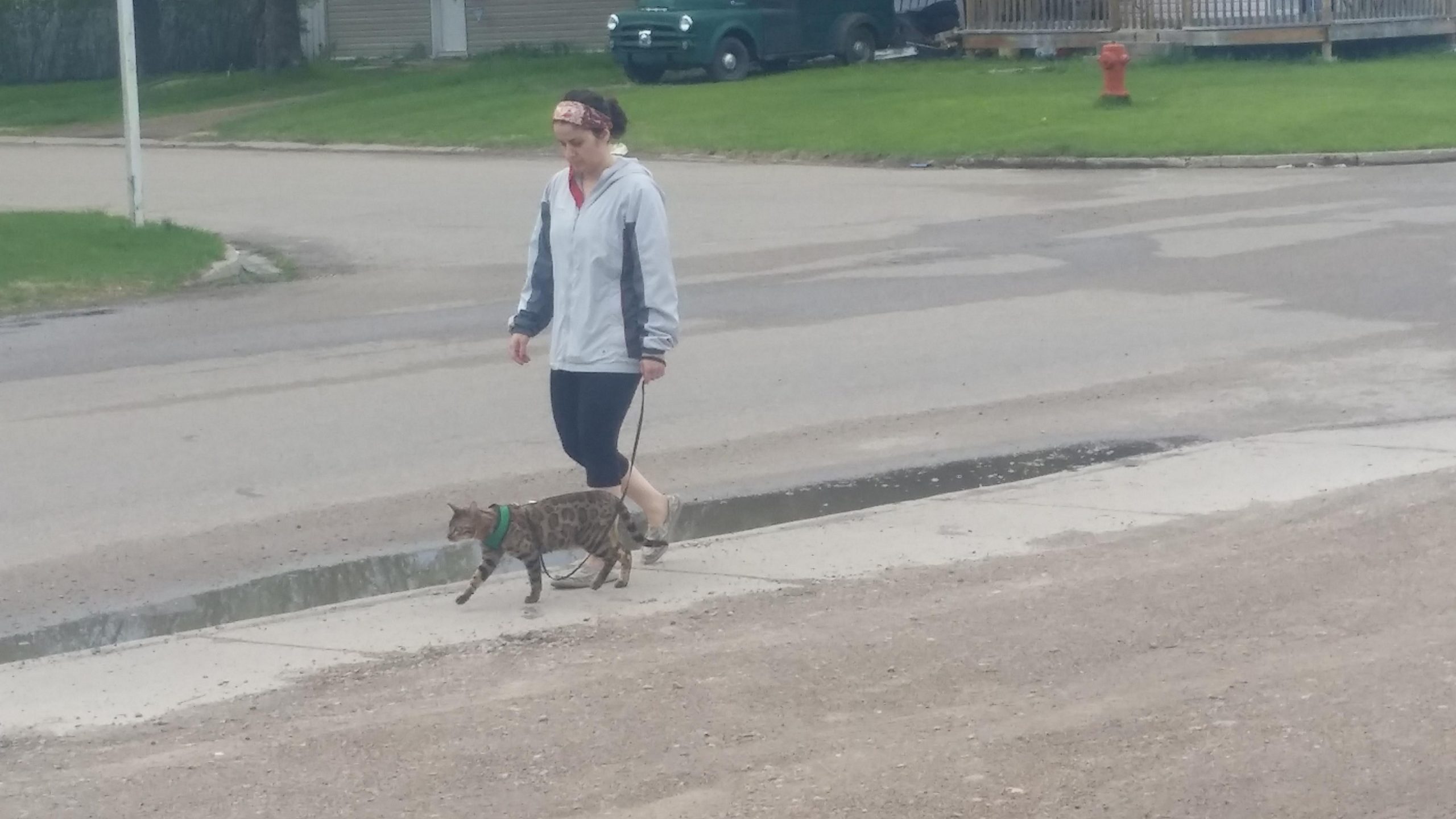
Image source: Reddit
Explain to your child that not all strangers look scary or mean, and some may try to trick them into doing something unsafe. Emphasize that it's important to be cautious even around people who seem nice or familiar. This is a particularly important aspect they should be aware of.
22. Discuss real-life examples

Image source: Reddit
Share stories from books, movies, or real-life news reports where children successfully handled situations involving strangers. Discuss what the child did right and what they could have done differently to stay safe. By interacting this way, the child is less likely to feel shocked.
23. Practice assertive body language

Image source: Reddit
Role-play scenarios where your child practices standing tall, making eye contact, and using a confident tone of voice. Encourage them to use strong and assertive body language to communicate their boundaries effectively. This goes for kids of all ages.
24. Establish code words for emergencies
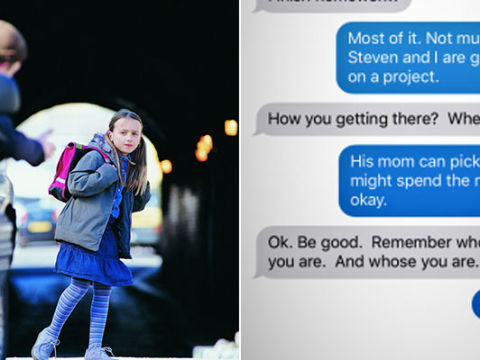
Image source: Good Housekeeping
Choose a unique code word or signal that your child can use to let you know they're in danger or need help. Remind them not to share this code with anyone except trusted family members or caregivers. his system is also used for vulnerable adults of all ages.
25. Teach them to recognize warning signs

Image source: Reddit
Discuss common tactics that strangers might use to lure children, such as offering rides, asking for help, or pretending to be lost. Think of as many situations as you can. Teach your child to be cautious and alert if someone approaches them with suspicious behavior.
26. Teach them how to say "no"

Image source: Reddit
Role-play different scenarios where your child might need to assertively decline offers or requests from strangers. Help them practice using polite but firm language to communicate their boundaries. Don't make it too dark as you want your child to be informed, not necessarily scared.
27. Set boundaries for online interactions

Image source: BuzzFeed
Establish clear guidelines for your child's online activities, including which websites and apps they're allowed to use and, importantly, how much time they can spend online each day. Monitor their online interactions and discuss any concerns or red flags that arise.
28. Encourage group activities or clubs

Image source: Henley Herald
Encourage your child to participate in group activities or clubs where they can socialize with peers and adults in a supervised setting. We all know that group settings provide safety in numbers and also allow opportunities to learn valuable social and communication skills.
29. Teach them about privacy settings

Image source: Quora
Show your child how to adjust privacy settings on their devices, social media accounts, and online profiles. Help them understand the importance of keeping personal information private and limiting who can access their online content. Keep the conversation positive.
30. Discuss safe routes and transportation

Image source: Reddit
Walk or drive with your child along safe routes to familiar destinations like school, the park, or a friend's house. Point out landmarks, safe places to seek help, and potential hazards along the way. Teach them how to use public transportation safely, including how to locate designated waiting areas and read schedules.
31. Teach them about body autonomy

Image source: POPSUGAR UK
Explain to your child that they have control over their own body and have the right to decide who can touch them and in what way. Encourage them to speak up if they feel uncomfortable or if someone violates their personal boundaries. A sensitive subject, it's highly important.
32. Teach them to memorize phone numbers

Image source: Reddit
Teach your child practical skills such as memorizing important phone numbers, including their home phone number and emergency contacts. Practice scenarios where they may need to use a phone to call for help. Kids are great at memorizing and it shouldn't take too much effort.
33. Role-model healthy boundaries

Image source: Allure
Model healthy boundaries in your interactions with others, including family members, friends, and acquaintances. Show your child that it's okay to assertively communicate their limits and to expect others to respect them. This should be instilled into them.
34. Teach them about safe secrets

Image source: Reddit
Explain to your child that there are different types of secrets. Good secrets are fun surprises, like planning a birthday party, while bad secrets are secrets that make them feel scared, uncomfortable, or worried. Encourage them to share bad secrets with you or another trusted adult.
35. Stay informed about their activities

Image source: Reddit
Actively engage in conversations with your child about their daily experiences, friends, and the activities they are undertaking. Create both an open and non-judgmental space where they can ultimately feel comfortable, sharing both positive and negative aspects of their life.
36. Discuss stranger danger in various contexts

Image source: Reddit
There are many contexts regarding this. Help your child to understand that stranger danger can manifest in different forms, including face-to-face interactions with unfamiliar individuals, some online interactions, and phone calls from unknown numbers.
37. Teach them about consent

Image source: Bright Side
Discuss the concept of consent with your child and help them understand that they have the absolute right to set boundaries and expect others to respect them. Teach them to always ask for consent before touching someone else and to respect others' boundaries as well.
38. Teach them how to handle peer pressure

Image source: Centerstone
Role-play scenarios where your child may encounter peer pressure, such as being encouraged to participate in risky behaviors or even to keep secrets from adults. Help them develop assertiveness skills and practice saying no in a firm but respectful manner.
39. Create a family safety plan

Image source: Reddit
Involve your child in creating a family safety plan. This can outlines exactly what they should do in emergencies, including who they contact and where to go for help. Review the plan regularly and update it as needed based on changes in circumstances or routines.
40. Stay vigilant both online and offline
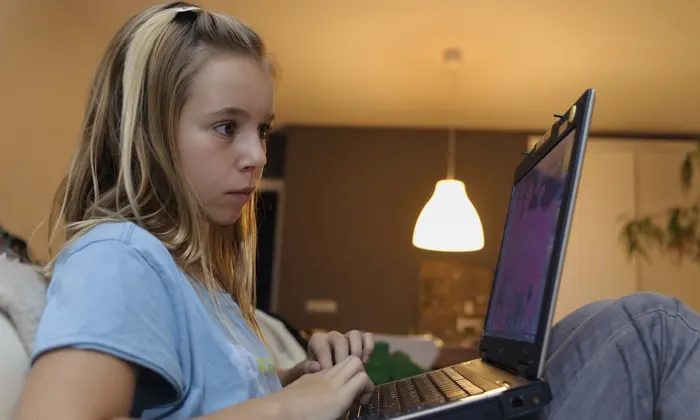
Image source: The Guardian
Stay informed about current safety issues and trends that may affect your child's well-being, both online and offline. Be flexible and willing to adjust your approach to safety as your child grows older and encounters new situations. Have regular conversation regarding this.
41. Which type of person might approach a child - a stranger
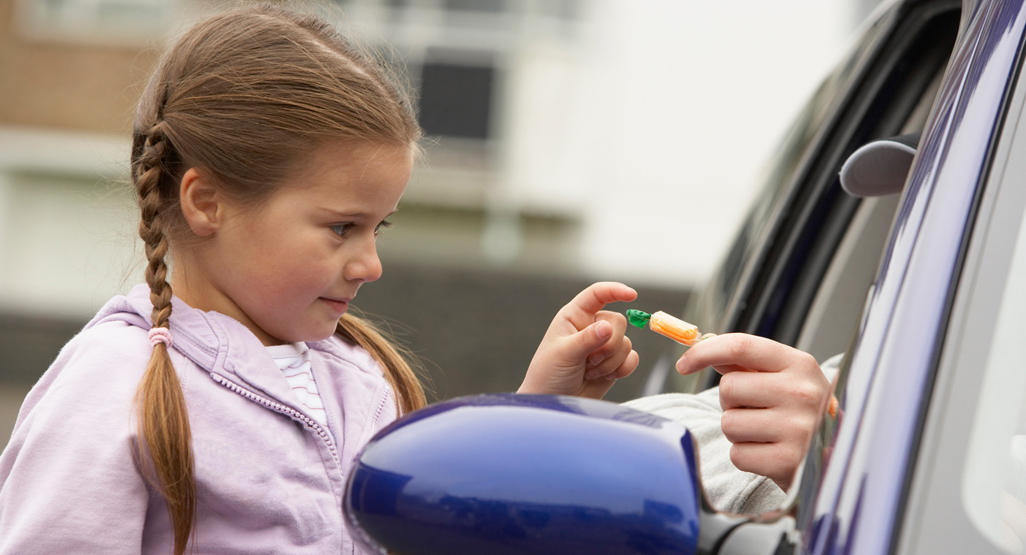
Image source: The Guardian
Strangers are individuals whom children do not know. They may approach children in public places, online, or through other means with harmful intentions such as abduction, exploitation, or grooming for abuse. It's a minefield out there and kids need to be well informed.
42. Online predators through social media

Image source: Vox
Online predators use the internet to target children through social media, gaming platforms, chat rooms, and other online spaces. They may use deception, manipulation, or coercion to establish relationships with children and exploit them for sexual purposes, grooming, or other forms of harm.
43. Family members including close ones

Image source: Quora
Unfortunately, children may be at risk of harm from their own family members, including parents, siblings, extended relatives, or their guardians. This can involve various forms of abuse such as neglect, emotional harm, or exploitation within the family unit.
44. Family friends

Image source: Reddit
Acquaintances are individuals who may be known to the child or their family but are not closely related. They can include neighbors, family friends, casual acquaintances, or individuals encountered in the community who may pose a threat to children's safety.
45. Authority figures such as teachers

Image source: USA Today
Authority figures, such as teachers, coaches, clergy members, mentors, or counsellors, may abuse their positions of trust and authority to exploit or harm children. This abuse of power can take various forms, including sexual abuse, emotional manipulation, or physical harm.
46. Other children
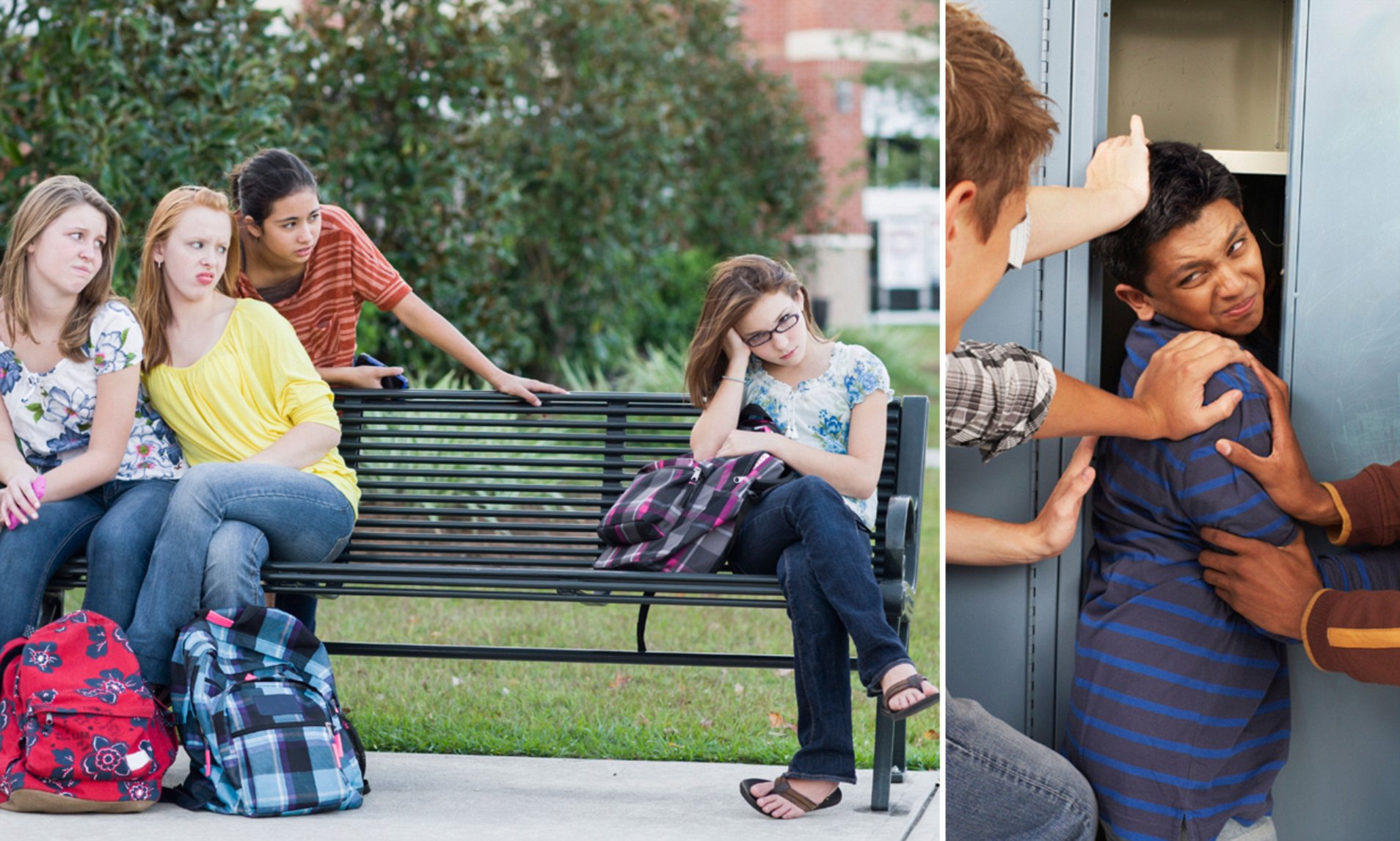
Image source: Reddit
Children may face threats from their peers, including bullying, harassment, or peer pressure to engage in risky behaviors such as substance abuse, criminal activities, or acts of violence. It's hard to kids because they do their best to fit in and threats can come out of nowhere.
47. Caregivers such as babysitters

Image source: Reddit
Caregivers, including babysitters, daycare providers, nannies, or other individuals hired to care for children, may neglect, abuse, or exploit the children under their supervision. This can include physical abuse, emotional neglect, or failure to provide adequate care.
48. Human traffickers

Image source: NYT
We hear a lot about human tracking and it still goes on, everywhere. Human traffickers exploit children for labor, sex trafficking, or other forms of exploitation. They may target vulnerable children and use coercion, deception, or force to control and exploit them for financial gain.
49. Sex offenders

Image source: Reddit
Sex offenders are individuals who have been convicted of sexual offenses against children or adults. They may pose a continued risk to the safety and well-being of children in their communities through sexual abuse, exploitation, or predatory behavior.
50. Individuals with mental health issues
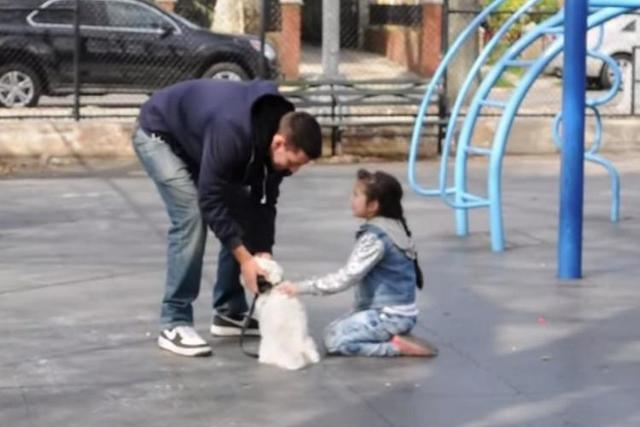
Image source: Las Vegas Review
While not all individuals with mental health issues pose a threat to children, some may struggle with impulse control, poor judgment, or delusions that could potentially lead to harmful behaviors. It's essential for caregivers to be aware of the potential risks associated with mental health issues and to take appropriate precautions to protect children from harm.

















































